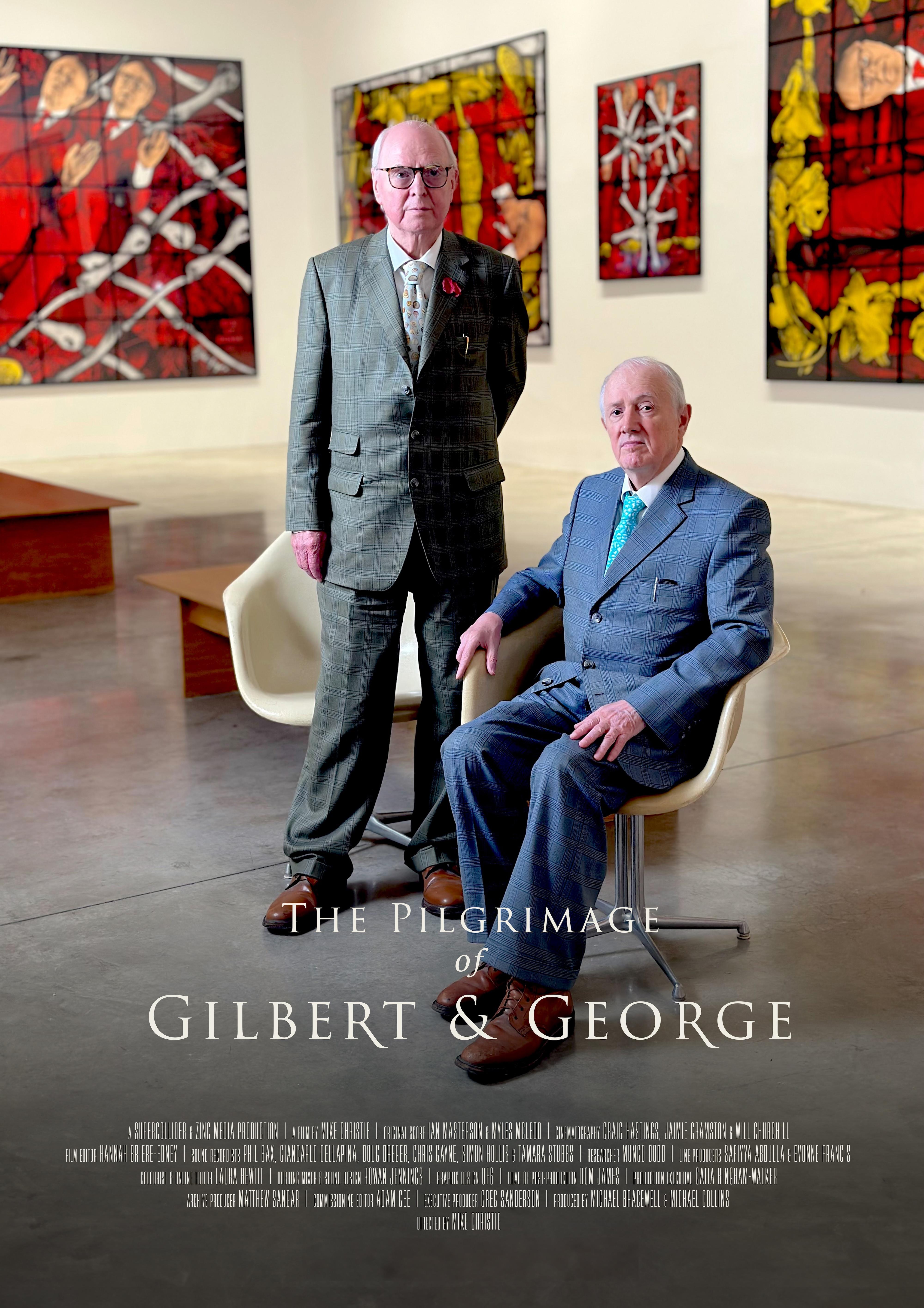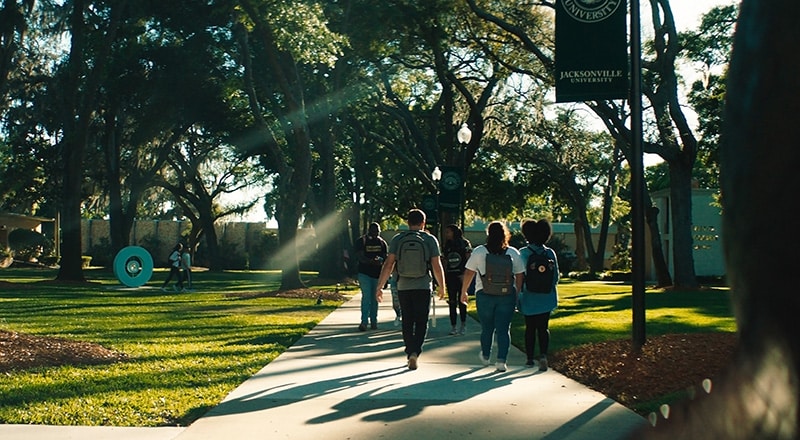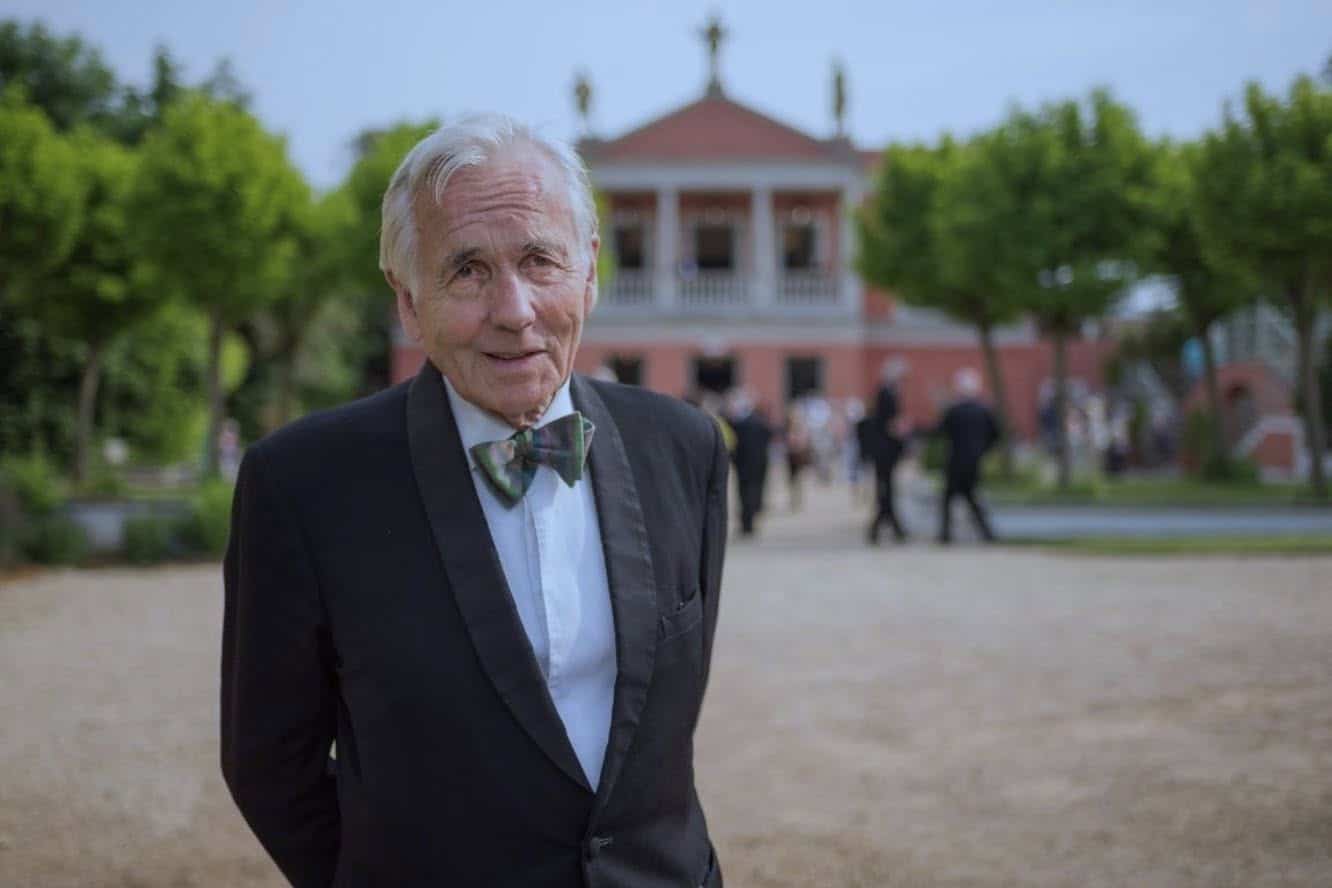Ruth Leon recommends… This is Broadway – Promotional Video
Ruth Leon recommendsThis is Broadway – Promotional Video
Click here to watch
The Broadway theatre has been even slower to reopen than London’s West End and is only now, in September, beginning to show signs of life. This is another of those beautifully made booster videos, this one intended to welcome audiences back to the live stages of Broadway. It’s narrated by Oprah Winfrey and worth seeing for the quick clips of the Broadway theatre’s greatest hits and for glimpses of a wide array of Broadway icons.
“Live,” says the recognisable voice of our Oprah, “is more alive than ever.” Well, not entirely. It’s exciting to see our world coming back to life, sort of, although it worries me slightly that in a video designed to look forward to more Broadway triumphs, a number of the actors it features, albeit very very fast, are very very dead. Greg Hines, Yul Brynner, Elaine Stritch, many more, are, sadly, no longer with us but here they are, dancing and singing on this video. Surely they could have constructed as good a Broadway come-on with living artists and contemporary shows? Looking forward, not looking back. Just saying. See what you think.
Read more here






Comments